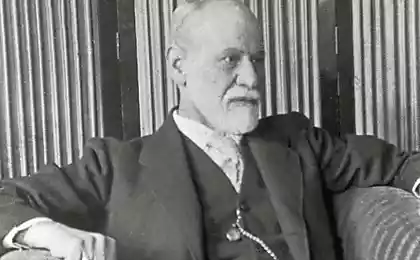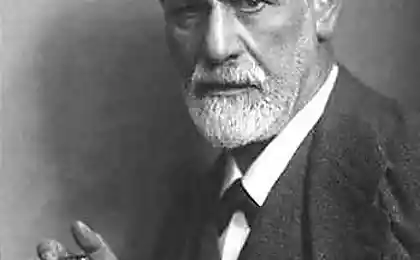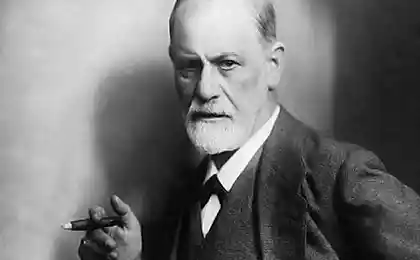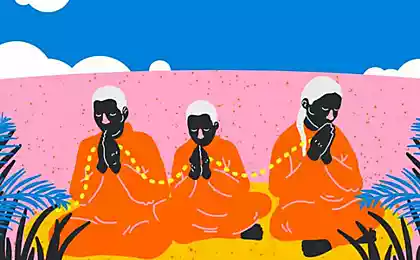246
Buddha vs. Freud: What to do with your desires

Human desire knows no limits, whether it is realized or not.
Introduction
Since time immemorial, humanity has tried to understand the nature of its desires. From ancient sages to modern psychologists, the question of how to manage your aspirations remains relevant. In this article, we will look at two influential points of view: the Buddhist philosophy of the Buddha and the psychoanalytic theories of Sigmund Freud.
Buddha: The Path to Liberation from Desire
Buddha, who lived in the sixth century BC, taught that suffering is an integral part of human existence. The main cause of suffering is desire, or trishna (thirst). According to Buddhism, to be free from suffering, one must overcome attachments and desires.
The Four Noble Truths
- The existence of suffering (duhkha).
- The cause of suffering is desire.
- The end of suffering is possible.
- The way to end suffering is the Noble Eightfold Path.
The Buddha offered a practical path to liberation from desire through meditation, morality, and wisdom. He asserted that by freeing oneself from desire one attains the state of Nirvana, the highest form of happiness and enlightenment.
Freud: Desire as an engine of the psyche
Sigmund Freud, an Austrian neurologist and founder of psychoanalysis, offered a different perspective. Desire, especially unconscious desires, is the main driver of human behavior. He introduced the concepts of the id, ego, and superego, describing the complex interactions between instincts, reason, and morality.
The structure of the psyche according to Freud
- id: Primitive instincts and wishes.
- Ego: The rational part that seeks to satisfy the id in realistic ways.
- Superego: Moral standards and ideals.
Freud believed that the suppression of desires can lead to neuroses and mental disorders. Instead of eliminating desires, he proposed to become aware of and integrate them into conscious life through psychoanalytic therapy.
Comparison of approaches
Although Buddha and Freud lived in different eras and cultural contexts, their teachings overlap in understanding the importance of desire in human life. However, their approaches to this problem are diametrically opposed.
Buddha Freud strives to eliminate desires for enlightenment. Sees desires as natural and strives for their awareness and integration. It emphasizes spiritual development and renunciation. It focuses on mental health and individual fulfillment. It uses meditation and moral principles. It uses psychoanalysis and dream interpretation.
What do you do with your desires?
So, how to be a modern man with his irrepressible desires?
Balanced approach
Perhaps the truth lies somewhere in the middle. Desire can be a source of both suffering and motivation for development. It is important to be aware of your desires, to understand their nature and impact on life.
Practical steps
- Mindfulness: Practice meditation or reflection to understand your inner aspirations.
- Adoption: Acknowledge your desires without judgment.
- Analysis: Determine which desires are beneficial and which are harmful.
- Action: Realize constructive desires and work on transforming destructive ones.
Conclusion
Human desire really knows no boundaries. The Buddha offers us a way to free ourselves from desires in order to achieve inner peace, whereas Freud offers insight and integration of desires for mental health. Ultimately, the choice of path depends on the individual preferences and life circumstances of each person.
“Happiness is not the absence of problems, but the ability to cope with them.” - Buddha.
We are not always free from our desires, but we can be free to understand them. Sigmund Freud.
Perhaps the most important thing is not to try to completely suppress or satisfy all your desires, but to learn to live with them in harmony.
The danger of sedentary work: how to maintain health and shape
8 Signs You Are Smart But Too Self-Critical























